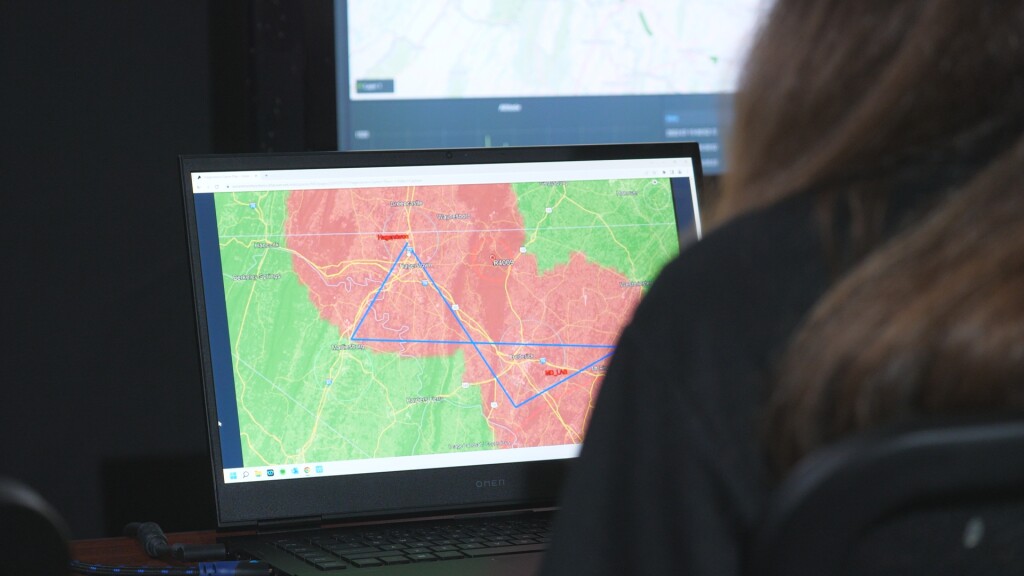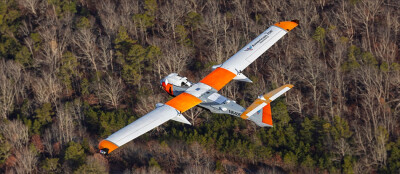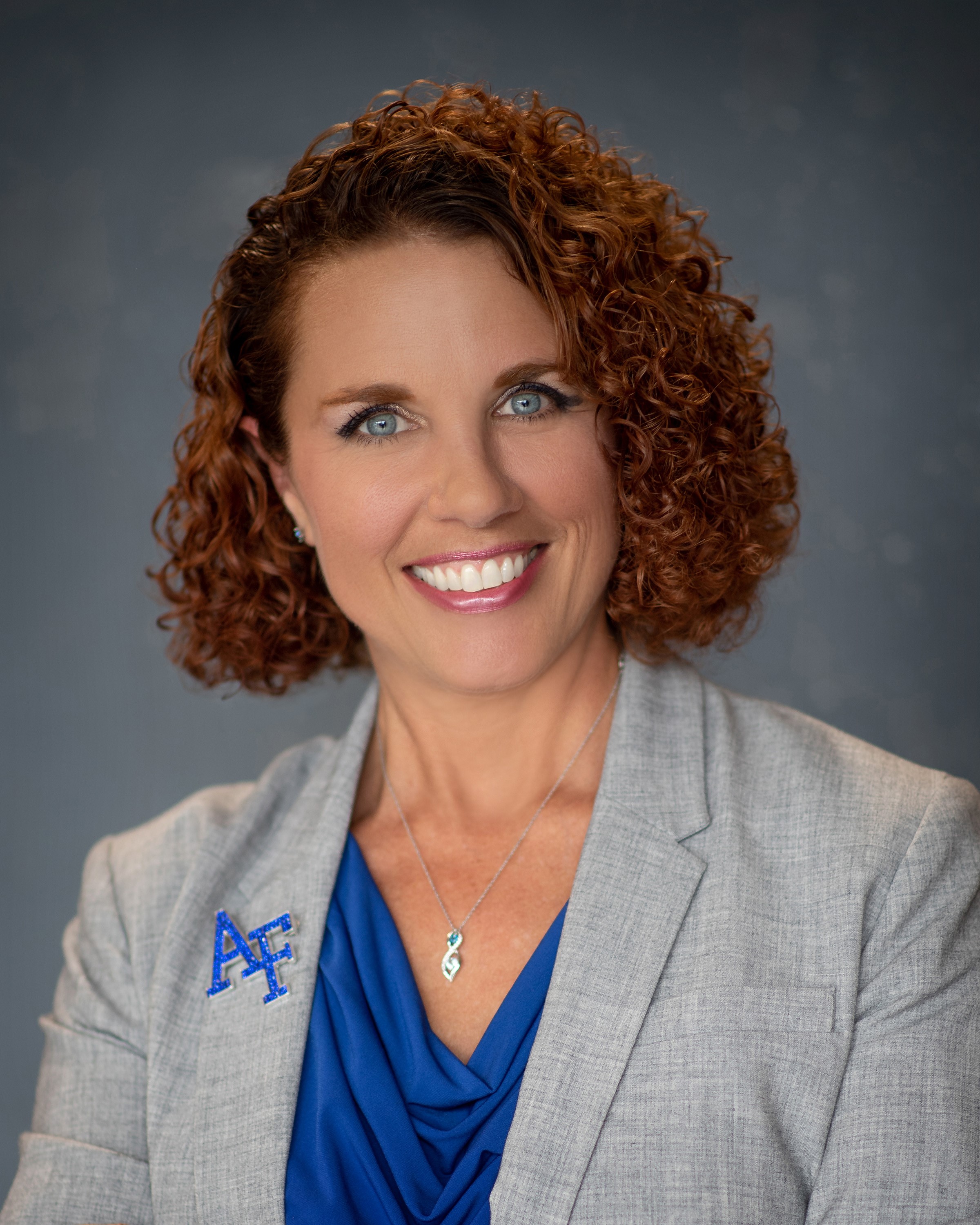One thing that we have learned over the past eight years covering the fascinating world of non-traditional aviation is that there are many variations to the theme of uncrewed aircraft. From small unmanned aerial vehicles (sUAV) to air taxis capable of transporting four to six people in short hops to converted general aviation platforms, the menu of proposals and innovations is vast.
The one issue that these proposals have in common is that all of them are aspiring to share the national airspace (NAS) with crewed aircraft in what promises to be the next big revolution in human development. Like computers and the internet did in the 80s and 90s, uncrewed aircraft will change the way we conduct our daily lives, and the world will never be the same.
But one issue remains an obstacle to the massive deployment of these uncrewed marvels: Regulators throughout the world, but especially in the USA and Europe, are requiring strict assurances that there will be no interruptions of communications between the remote pilots/controllers of these non-crewed aircraft while in flight.
In the case of a loss of communication in a crewed aircraft, there are protocols that pilots are taught to safely proceed to their destination using tools and procedures to guarantee a safe arrival. In the case of uncrewed aircraft, we cannot afford to lose communication with the aircraft at any point during the flight, and therefore an entire industry is dedicated to coming up with new and innovative ways to guarantee this remote connection.

One company working on this problem is AURA Networks Systems. The Virginia-based communications enterprise focuses on developing communication technologies that would allow unmanned aircraft to navigate safely through controlled airspace. We reached out to Bill Tolpegin, CEO of AURA, for an interesting conversation about his company and the technologies that one day will enable this unmanned technology to join our daily lives.
“AURA’s technology enables uncrewed aerial platforms to safely navigate through national airspace by allowing operators to communicate with the aircraft via an FAA-compliant link for command and control that can extend the reach of uncrewed aircraft beyond visual line of sight (BVLOS),” said Bill with enthusiasm. “We are all waiting for the FAA to issue a final ruling on BVLOS here in the USA, but in the meantime, we are hard at work testing our gear and accumulating valuable data for the day we launch a commercial product. However, many of our customers believe they can move forward into commercial remotely piloted operations before new regulations are complete and we will be ready to support them.”
With a focus on larger aircraft, both designed for uncrewed operations or modified to function without pilots, AURA has been very successful in developing and testing communication protocols that allow for safe operation of relatively large platforms.
“Our aim is to develop communication protocols and technology that would allow relatively large cargo aircraft to be controlled from ground stations by pilots intimately familiar with the regional terrain,” Bill said. “We like to define our technology as ‘low-latency, purpose-built, private and high security’ in a manner that, by using it, cargo carriers would be able to augment their current operations by adding uncrewed capacity thus mitigating supply chain disruptions while laying the long-term foundation for significant reductions in shipping times.”
But AURA is not only looking at the cargo market. According to Bill, they also are eyeing the potentially lucrative market for air taxis or Advanced Air Mobility (AAM).
“Our nationwide aviation network can contribute to accelerate certification of autonomous eVTOL (electric vertical takeoff & landing) aircraft and other AAM technologies,” Bill said with conviction. “Built to provide FAA standards-compliant command and control as well as ATC voice, the network would empower eVTOLs with secure, interference-free communication links enabling BVLOS flight in controlled airspace.”
When the issue of aircraft brands and specific manufacturers came up, Bill was adamant about AURA’s position.
“We are completely platform agnostic,” Bill said. “What we are developing is a communication’s platform that would benefit any aircraft manufacturer or operator that wishes to add a layer of reliability to their flying protocols. Air taxis will soon be a reality around the world and guaranteeing that they can safely coexist with crewed aviation in congested airspace is our goal.”
When the discussion turned to when this exciting future will be here, Bill had a well-reasoned answer.
“Different segments will happen at different times,” he said matter-of-factly. “I’m convinced that we will have uncrewed cargo flights in remote, sparsely inhabited areas pretty soon, but it will be a while before we can see air taxis in major metropolitan places in Class Bravo airspace. But one thing is for sure: they will happen sooner or later.”
We share Bill’s confidence in the future of the UAV and AAM industry. The benefits to corporations in particular and humanity in general are too great to ignore and too vast not to invest the necessary resources to make it happen.












Comments